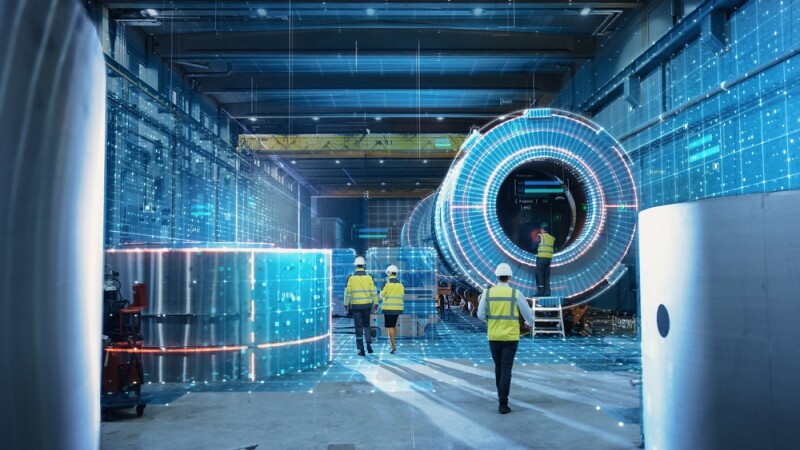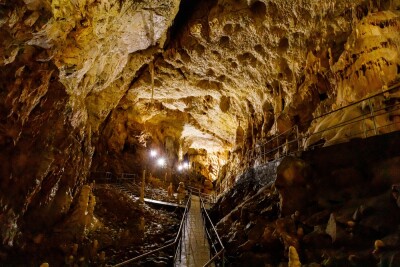Every week, we highlight stories from friends around the internet that put a spotlight on the latest in the 3D technology industry. These stories can take many different forms, whether they be about a new innovation or workflow, an interesting and/or unique use case for 3D technology, or a higher level look at the state of the sector. Today, how digital twins are becoming the norm in industrial enterprises, a police department utilizing laser scanning technology, and full lifecycle operations.
Find links to the full articles below.
Why digital twins is becoming de facto in industrial enterprises
Intelligent CIO
Most people will accept that we are past the phase of digital twins where it’s considered an intangible buzzword, as real-world use cases are now plentiful showing real value provided by these tools. Now, according to this article, we may be reaching a point of near ubiquity, at least in some industries. This article looks at trends around digital twins in industrial settings – sometimes referred to as “Industry 4.0” – and examines some of the biggest reasons why digital twin usage is trending upward.
Bend Police 3D laser scanner takes precise measurements, creates crime-scene diagrams, saving officers hours
Kelsey McGee | KTVZ
As we frequently cover here at Geo Week News, there are a growing number of industries that are leveraging laser scanning technologies to streamline their operations. As the technology becomes both more affordable and simpler to use, more and more sectors will recognize value they can get from scanners and be able to test out those theories. Here, we have an example in Oregon of a police department using laser scanning to make their work more efficient.
Digital Twins Add Value for Owners Across the Project Lifecycle
Troy Dahlin | Informed Infrastructure
We end with another article highlighting the use of digital twins, this time looking at the construction industry. There are a lot of different tools that are being utilized by the AEC sector in recent years, but most of them focus on specific portions of the lifecycle before handing off to another tool or solution. This article looks at reality capture and digital twins created with that data and, crucially, how it can be leveraged throughout a project lifecycle.






